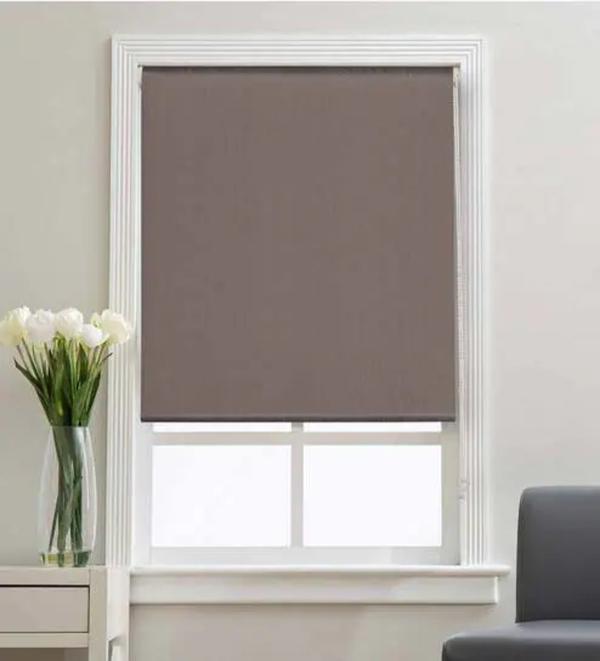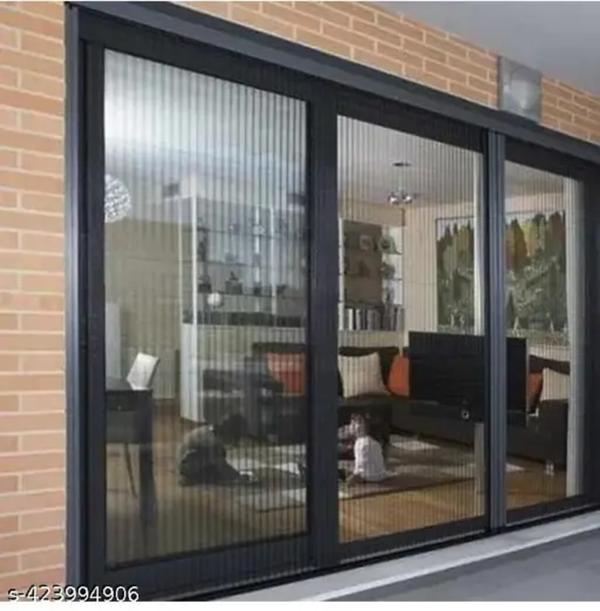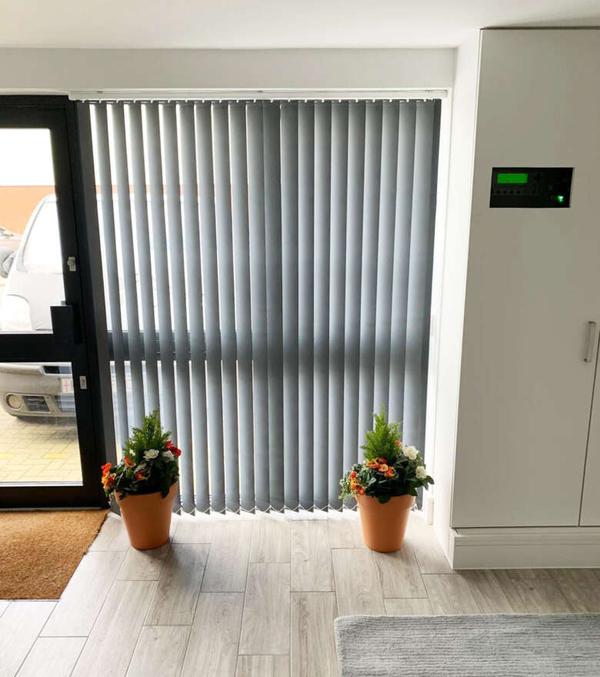Roller blinds are window coverings made of a single piece of fabric that rolls up and down on a tube. They are operated by a chain, cord, or motorized system and are a popular choice for their simplicity, versatility, and ability to control light and privacy. Here's a more detailed explanation: Mechanism: Fabric and Roller: Roller blinds consist of a fabric panel attached to a roller tube at the top of the window. Operation: A chain, cord, or motorized system is used to rotate the roller, causing the fabric to wind up or unwind, thus raising or lowering the blind. Types of Mechanisms: Roller blinds can be operated manually with a chain or cord, or they can be motorized for remote or automated control. Features and Benefits: Light Control: Roller blinds are available in various fabrics, including light-filtering and blackout options, allowing you to control the amount of light entering a room. Privacy: Blackout fabrics provide complete privacy, while light-filtering fabrics allow natural light in while still maintaining privacy. Versatility: Roller blinds come in a wide range of colors, patterns, and fabrics, making them suitable for various interior styles. Space-Saving: Their simple design and compact nature make them ideal for small spaces and areas where space is limited. Easy to Clean: Roller blinds are typically easy to clean with a damp cloth. Types of Roller Blinds: Standard Roller Blinds: These are the most common type, with the fabric rolling off the back of the tube. Reverse Roll Roller Blinds: In this type, the fabric rolls off the front of the tube, which can be useful for certain window configurations. Double Roller Blinds: These blinds feature two layers of fabric, often a sheer layer for light filtering and a blackout layer for privacy. Blackout Roller Blinds: Designed to block out light, these are ideal for bedrooms or media rooms. Motorized Roller Blinds: Offer convenient remote or automated control, especially for hard-to-reach windows or for smart home integration. Cassette Roller Blinds: Feature a headbox or cassette that encases the roller mechanism, providing a more finished look. In summary, roller blinds are a practical and stylish window covering option known for their simplicity, versatility, and ability to control light and privacy.
Send Message


